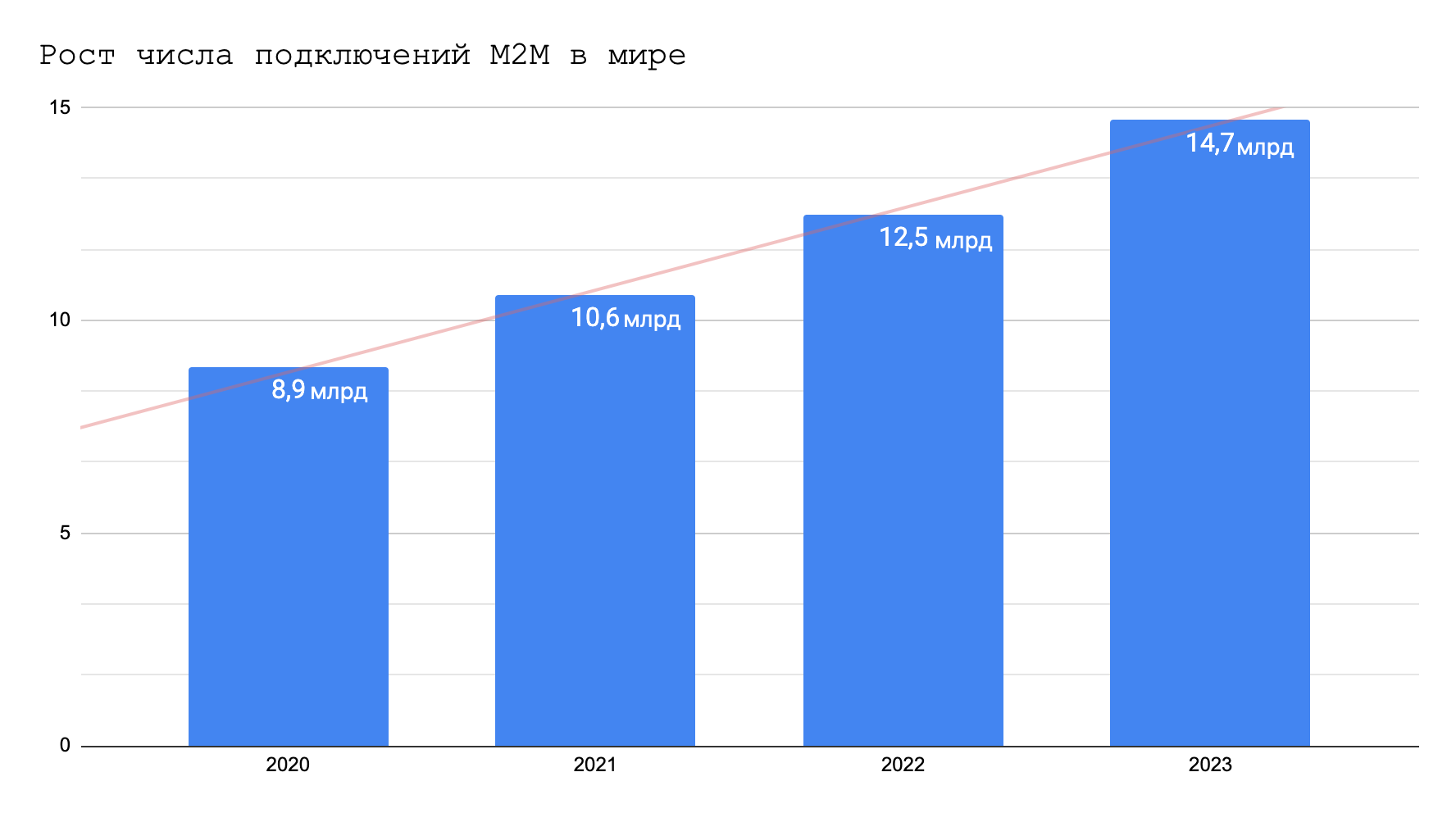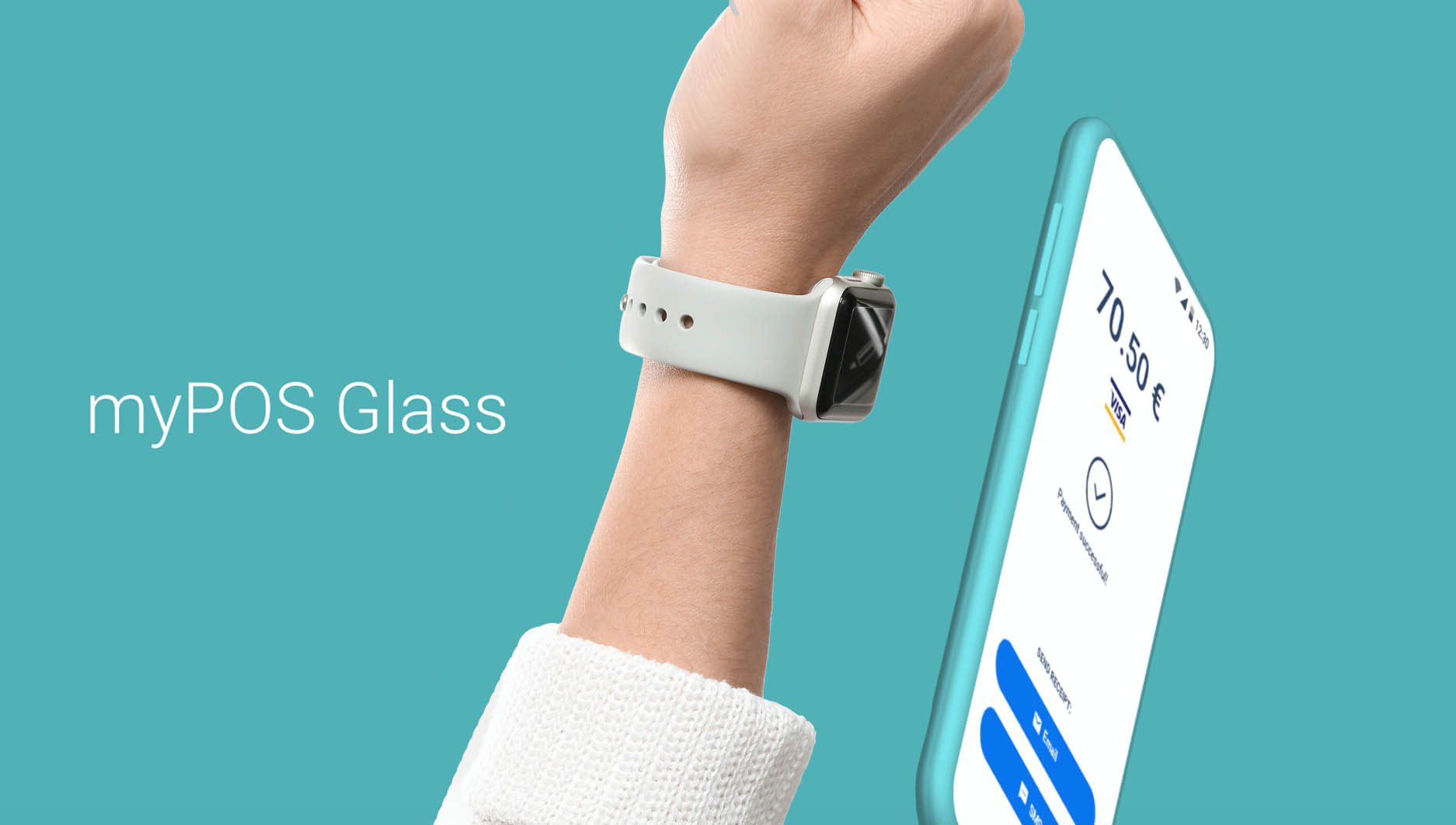
The move from simple machine-to-machine (M2M) connections to the sophisticated Internet of Things (IoT) is well under way as improvements in LTE IoT and the development of 5G networks provide faster connections and higher bitrates. M2M and IoT are key technologies for today's business and consumer market. As these technologies continue to evolve, they open up new opportunities for those who understand them and can leverage the strengths of each technology.
M2M technology may be the best choice if:
- Your application requires point-to-point communication between machines.
- Your application has a limited set of specific machine communication needs that need to be done quickly and reliably.
- Your app should work regardless of whether a Wi-Fi connection is available.
- Fast scalability is not your network's main concern
- Your device's network should be isolated for security reasons.
- Your application needs to sync with many different devices in the network cloud in real time.
- Your devices have access to a fast and reliable Wi-Fi connection.
- Devices on your network need to be able to communicate with several other devices at the same time.
- Your application should scale smoothly and easily for a large number of devices and users.
- Your application's data and devices must be compliant with multiple standards.
M2M growth in the world
The Internet of Things (IoT) has become a pervasive system in which people, processes, data and things connect to the Internet and to each other. M2M connections will grow from 8.9 billion (2020) to 14.7 billion by 2023, according to Cisco's annual Internet report.

Growth in the number of M2M connections in the world
ABI Research, a global technology market research consultancy, confirms in its latest research that the Chinese manufacturer Quectel is currently the largest supplier of cellular IoT modules in the world.
However, this success brings with it new problems, since once at the top, the only way is down. Chinese sellers understand that they need to build on their success, and cannot count on high volumes and low prices indefinitely.
Long-term trust depends on product quality and supplier reliability.
Stricter quality control and cost control are starting to operate across the board through independent manufacturing, differentiated designs, international support centers and dedicated efforts to prevent price wars.
3 M2M trends in 2021
This year and the next few will be exciting for M2M. Analytical agency J'son & Partners Consulting notes the following M2M trends that are worth paying attention to this year and in the future:
1) 5G
Instant connectivity, reliable networks, lightning fast download and upload speeds - 5G will revolutionize the way consumers use their smartphones and have a huge impact on all industries. According to Cisco's annual Internet report, by 2023, nearly 60 percent of mobile devices and connections worldwide will be 4G + capable, several times more than 3G and below devices and connections.
By 2023, North America will rank first in the number of devices with 4G + connectivity, accounting for 62%, while the Middle East and Africa will have the highest share of their devices and connections with 3G and below by this time, which will be 73%.
According to GSMA Intelligence forecasts the number of 5G connections in Russia will reach 46 million by 2025, or 20 percent of the total number of connections. Based on this, Russia will exceed the global average, but still will not be able to overtake China, the United States and South Korea in the 5G market.
2) Payment terminals
According to a study by Juniper Research, global mobile payment use will increase by 28% by 2022 due to the growing popularity of mobile wallets and online payments through apps.
In 2019, the NFC-enabled POS market showed strong growth, with annual global shipments reaching 47.8 million devices. Today, POS software vendors are hiring partners to integrate their products with third-party platforms and grow their user base.
Another recommendation of specialists for vendors is the integration of cloud services with an e-commerce platform. With this solution, retailers will be able to take advantage of these omnichannel solutions.
European fintech company MyPoScould turn Android smartphones into PoS terminals for small retailers. Businesses can now accept card payments directly on their Android phones using the PoS MyPoS Glass software . The mobile app allows you to make payments using contactless cards and smart accessories right on your Android mobile phone.
Accepted payments are immediately transferred to the merchant's free e-money account thanks to the instant settlements feature that MyPoS offers at no additional cost to its customers.

Source: mypos.eu/en/glass
3) M2M in agriculture
M2M technology is not only creating smart cities of the future, but also revolutionizing the agricultural sector. By 2050, the world's population will reach 9.6 billion and smart farming will enable us to feed an ever-growing urban population, and by the end of this year, smart farming will be a € 23 million industry.
M2M technology enables farmers to maximize yields with minimal resources. How? Sensors can remotely monitor field conditions by tracking light, temperature and soil quality data. Here are some more examples from Sierra Wireless that are in use today:
- — , .
- — .
- — .
- — .
- — , , .
- —
- — .
- — ,
- .
M2M has many more interesting developments. Some are already working, but the best is yet to come. As smart communication technologies continue to improve, more and more industries will reap the tremendous benefits of these technologies. With increased precision, greater efficiency and greater flexibility, companies around the world will be able to keep pace with changes in their industry and increase their revenues by improving resource management.